Pashu Ayurveda, ancient wisdom for animal health
by Antonella Della Torre
Ayurvedic medicine is a medical system that encompasses aspects of prevention and treatment, aimed at longevity and improving the lives of all living beings, so that they are in harmony with nature. Understanding life means understanding that humans and animals are made up of body, mind, emotions, and soul, and being integral parts of nature, they are subject to its laws, even regarding health, healing, illness, and death. My experience with this great gift began years ago when I approached it for the first time as a patient and then as a student, in a personal and professional journey, both for the well-being and health of people and for the world of animals that I have always loved.
The encounter with the dear friend and great professional Elena Bajona marked an important step for me: Elena, with her grace and sensitivity, introduced me to her world, that of horses, so we began to “think” about Ayurveda for these wonderful animals.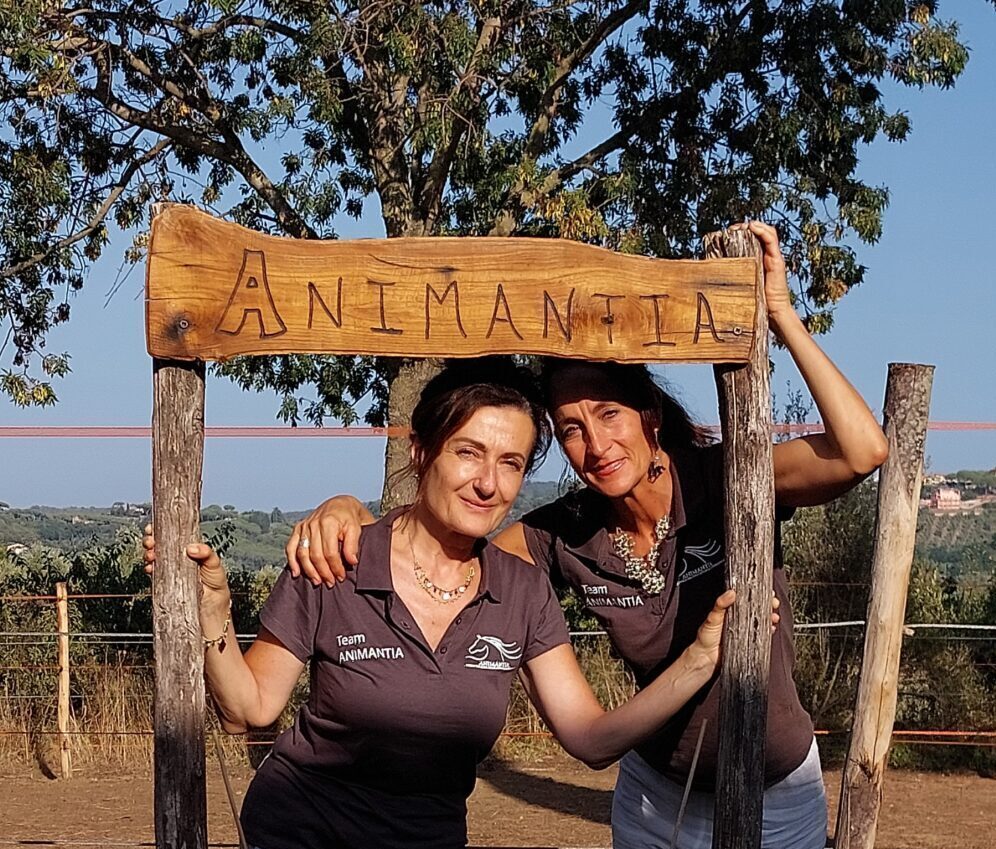
It wasn’t a simple matter, but I embraced the challenge, and thanks to collaboration with an anthroposophic veterinary and a dear friend, an Ayurvedic doctor from six generations in Tamil Nadu, I dedicated myself to the study of Pashu Ayurveda, the ancient veterinary science of the Indian tradition.
From ancient texts emerges that during the Vedic period, the sages observed that alongside the well-being of people, the health of animals closely connected to them was also important, an integral part of everyday life, sacrificial rituals, and their very existence, thus developing greater knowledge about the health of both animals (Pashu) and plants (Vriksha). Pashu Ayurveda, in turn, has special branches, such as Ashwa Ayurveda, for horse care, Gaja Ayurveda, for elephant care, Go Ayurveda for cow care, the detailed description of such texts can be found in the Kalpa Sutra.
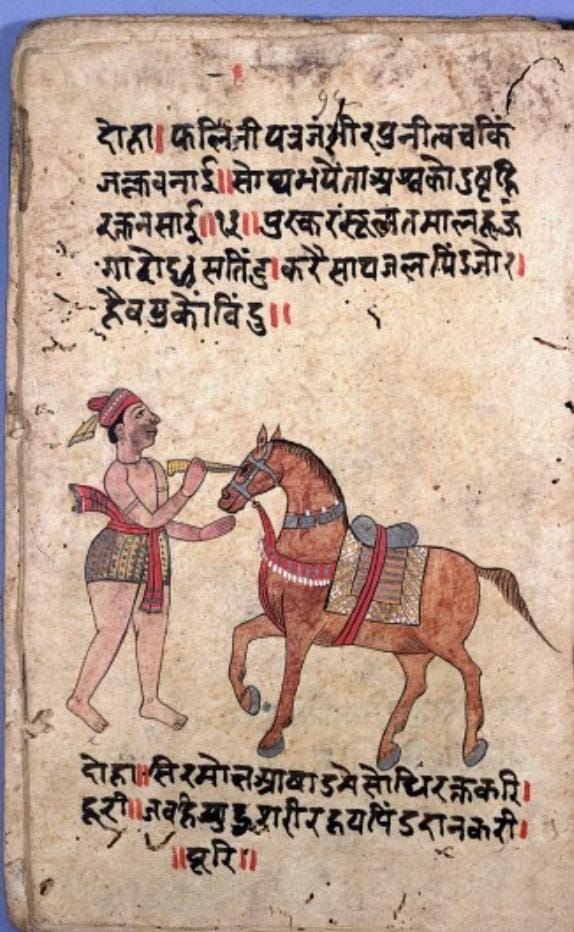 For the health of the horse from an Ayurvedic perspective, we refer in particular to the sources written by the physician Shalihotra, author of Shalihotra Samhita, a treatise currently available in its complete form composed of 8 divisions containing 12,000 shlokas or verses which was translated into many languages, such as Persian, Arabic, Tibetan, and English. ‘Kutub Ulmulk’ is the name of the Persian translation of Shalihotra and dates back to the year 1381 AD.
For the health of the horse from an Ayurvedic perspective, we refer in particular to the sources written by the physician Shalihotra, author of Shalihotra Samhita, a treatise currently available in its complete form composed of 8 divisions containing 12,000 shlokas or verses which was translated into many languages, such as Persian, Arabic, Tibetan, and English. ‘Kutub Ulmulk’ is the name of the Persian translation of Shalihotra and dates back to the year 1381 AD.
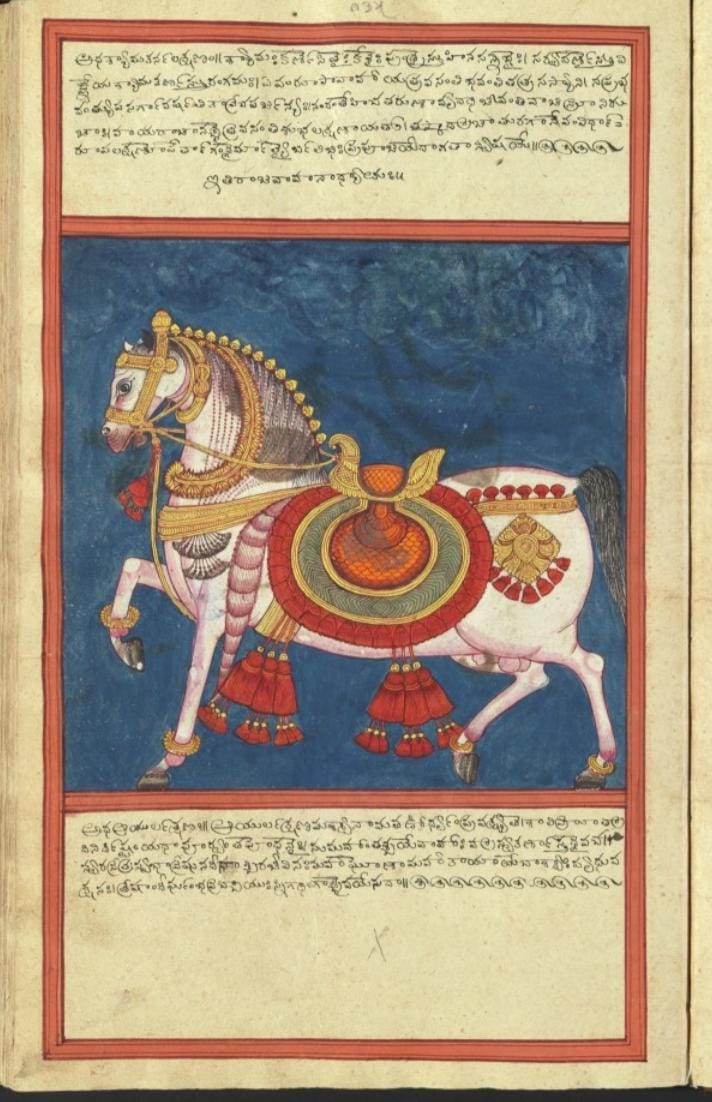 This treatise on Equine Ayurveda covers topics ranging from the characteristics of the horse and its nature, its behavior and training (first section), to a real discussion of conditions such as fever (jwara), colic (shoola), eye diseases (akshi roga), hiccups (hikka), diarrhea (atisara), shortness of breath (shwasa), jaundice (kamala), intoxications (visha vignana). It also deals with themes such as the formation and development of the fetus, childbirth, and diseases of the reproductive organs (third section), diseases of the oral cavity, tongue, and digestive problems (fourth section), fracture management (fifth section), the influence on health of Nava Gahas (the nine planets, sixth section), medicated enemas (seventh section), and the signs and prognostic symptoms of diseases (eighth section).
This treatise on Equine Ayurveda covers topics ranging from the characteristics of the horse and its nature, its behavior and training (first section), to a real discussion of conditions such as fever (jwara), colic (shoola), eye diseases (akshi roga), hiccups (hikka), diarrhea (atisara), shortness of breath (shwasa), jaundice (kamala), intoxications (visha vignana). It also deals with themes such as the formation and development of the fetus, childbirth, and diseases of the reproductive organs (third section), diseases of the oral cavity, tongue, and digestive problems (fourth section), fracture management (fifth section), the influence on health of Nava Gahas (the nine planets, sixth section), medicated enemas (seventh section), and the signs and prognostic symptoms of diseases (eighth section).
Authoritative sources and years of study had prepared me. Finally, I was ready to propose to Elena the most suitable physical therapies for the horses she was taking care of! My emotion was profound, and I was so grateful to the universe for this experience: being able to “massage” such a noble, sensitive, and proud animal like the horse. I just had to come to terms with my stiffness in encountering such a large animal, and finding myself so small and humble in front of such greatness.
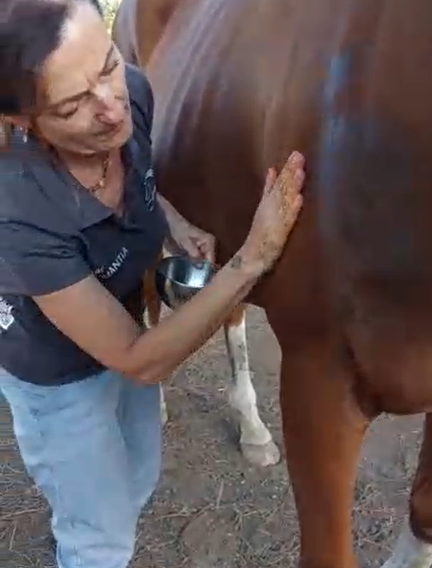
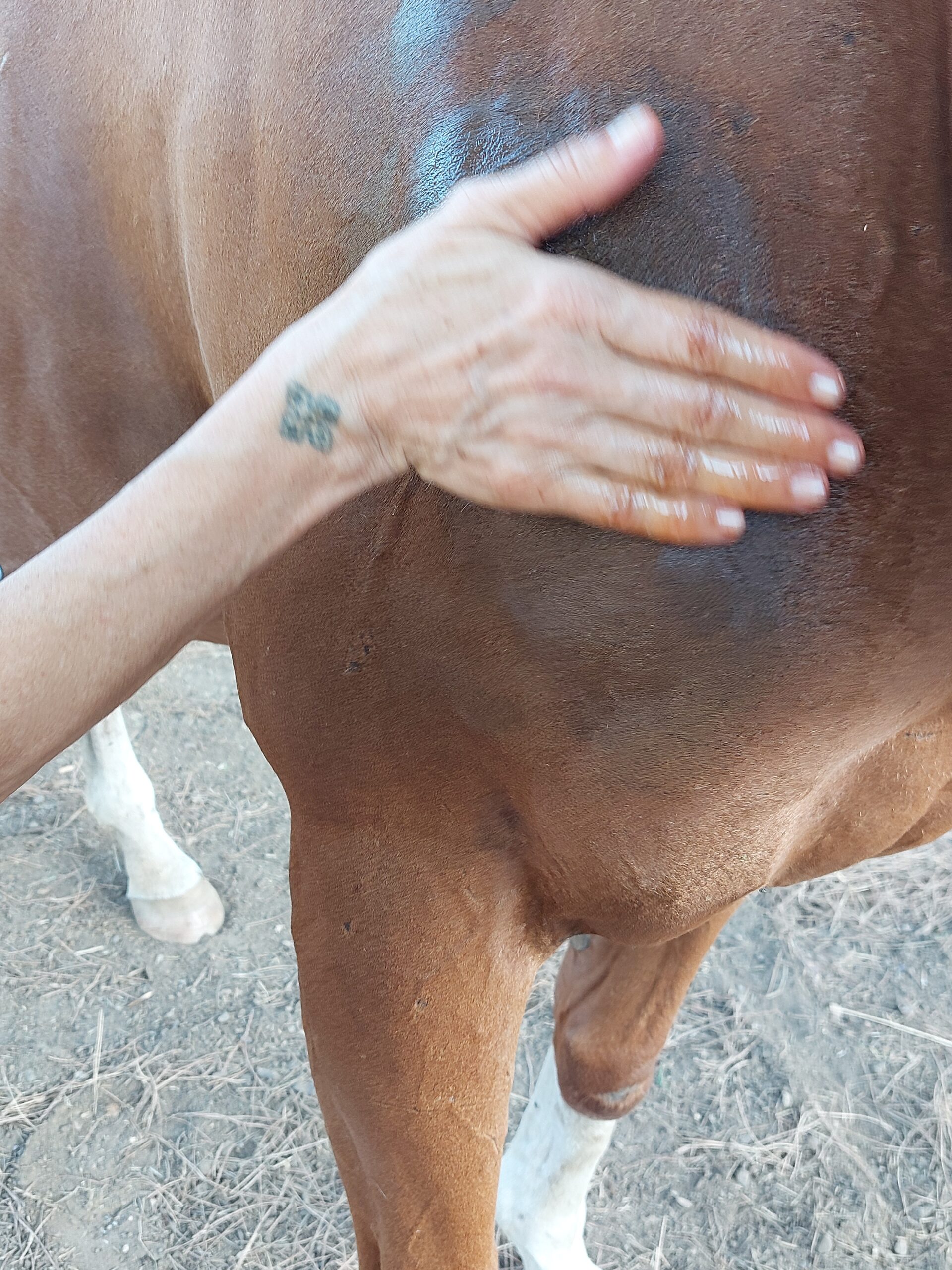
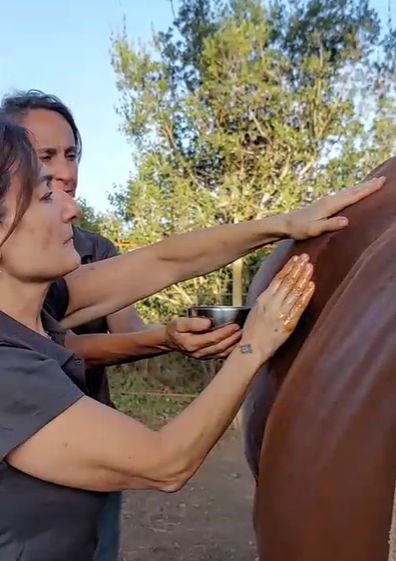 She took care of it, Big Mama: she came to me sniffing every inch of me and everything I had with me, and she rested her soft nose on my shoulder. In an instant, my stiffness melted away, and my hands began to dance on her body in harmony with what I knew of Ayurveda and a sense of belonging to the Whole. She entrusted herself to my therapies, and I to her, to her nature, to her greatness. So, every day, she waited for me for treatment.
She took care of it, Big Mama: she came to me sniffing every inch of me and everything I had with me, and she rested her soft nose on my shoulder. In an instant, my stiffness melted away, and my hands began to dance on her body in harmony with what I knew of Ayurveda and a sense of belonging to the Whole. She entrusted herself to my therapies, and I to her, to her nature, to her greatness. So, every day, she waited for me for treatment.
For Big Mama, I used medicated oils for arthritis in her joints. The oils were then removed to avoid creating cold in the body. After a week of treatment, we noticed a great improvement in joint flexibility and a clear improvement in muscle mass as well.
Ayurvedic oils, obtained by cooking herbs, are considered a medicine and penetrate all tissues in a few seconds. The application of oils with dedicated techniques is also recommended to maintain health in healthy individuals, promoting strength, muscles, nerves, bones, and stability of the mind. Oils are chosen based on the Prakriti (constitution) of the horse. To restore health and treat particular pathologies, internal remedies prescribed by the Ayurvedic doctor after consultation are associated.
In the West, Ayurveda is now a consolidated presence in integrated care for people, and I have no doubts about the effectiveness of this form of complementary medicine even for animals. The hope is that more and more horses can experience its benefits.
“Utmost attention should be paid to the teachings of Ayurveda by one who desires a long life and one that will make him realize virtue, prosperity, Happiness” (A.H Sutrasthana, 1.2)
Antonella Della Torre – February 2024
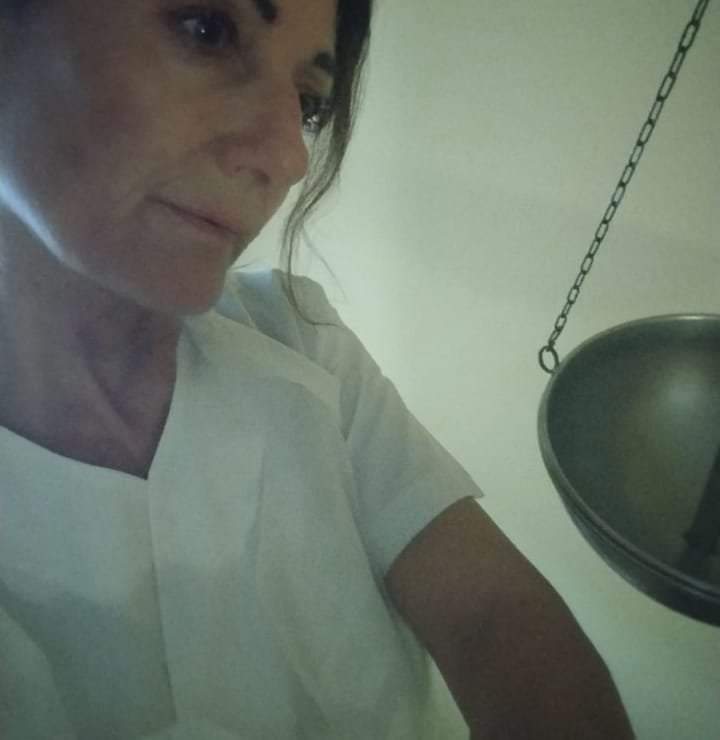 Antonella Della Torre, Ayurveda therapist, Consultant Svastha Vrtta, ayurvedic Life style Expert.
Antonella Della Torre, Ayurveda therapist, Consultant Svastha Vrtta, ayurvedic Life style Expert.
She graduated from Ayurvedic Point, ayurvedic medicine school in Milan.
She has worked in the health industry for more than twenty years. She is continuing the in-depth study of Ayurvedic medicine by attending seminars and courses worldwide.

